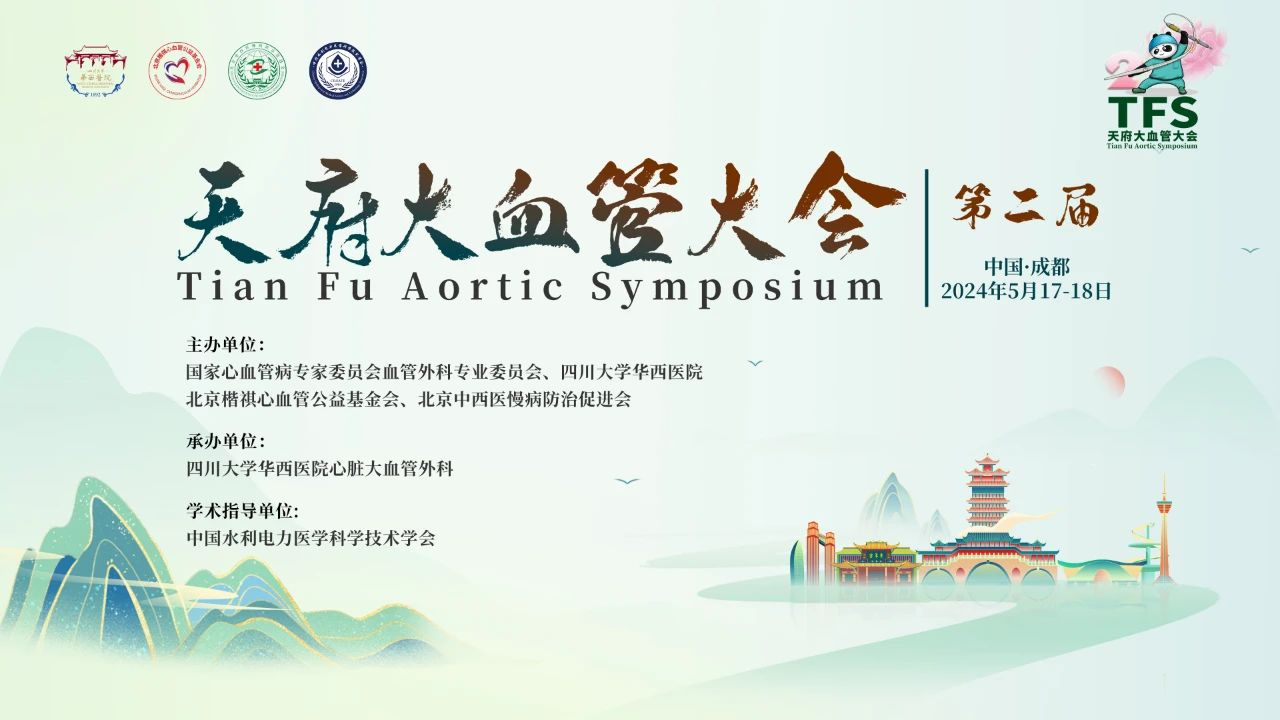
The 2nd Tianfu Vascular Conference (TFS 2024) was successfully held on May 17-18, 2024, in Chengdu. From the pinnacle of medical science, we foresee the future of the vascular discipline, recognizing the immense responsibility and honorable mission ahead. As members of the vascular field, we are tasked with advancing the discipline and improving diagnostic and treatment standards. In the future, we will analyze the content of TFS lectures to help you understand the most cutting-edge vascular treatment experiences.
At this conference, Professor Wang Yonghua from the Vascular Surgery Department of Mengzi People’s Hospital shared his profound insights and innovative experiences in treating aortic arch diseases, emphasizing the importance and efficacy of endovascular stent implantation. This method not only improves surgical success rates but also significantly reduces patient risks.

Research Background and Technological Advancements
Aortic dissection is a severe cardiovascular disease, especially when it involves the aortic arch, resulting in a poor prognosis that necessitates early surgical intervention. The DeBakey and Stanford classification systems help physicians determine the severity and urgency of the condition. Subacute and chronic phase patients, particularly those with Stanford type B dissections, may be more suitable for interventional or conservative treatment strategies.
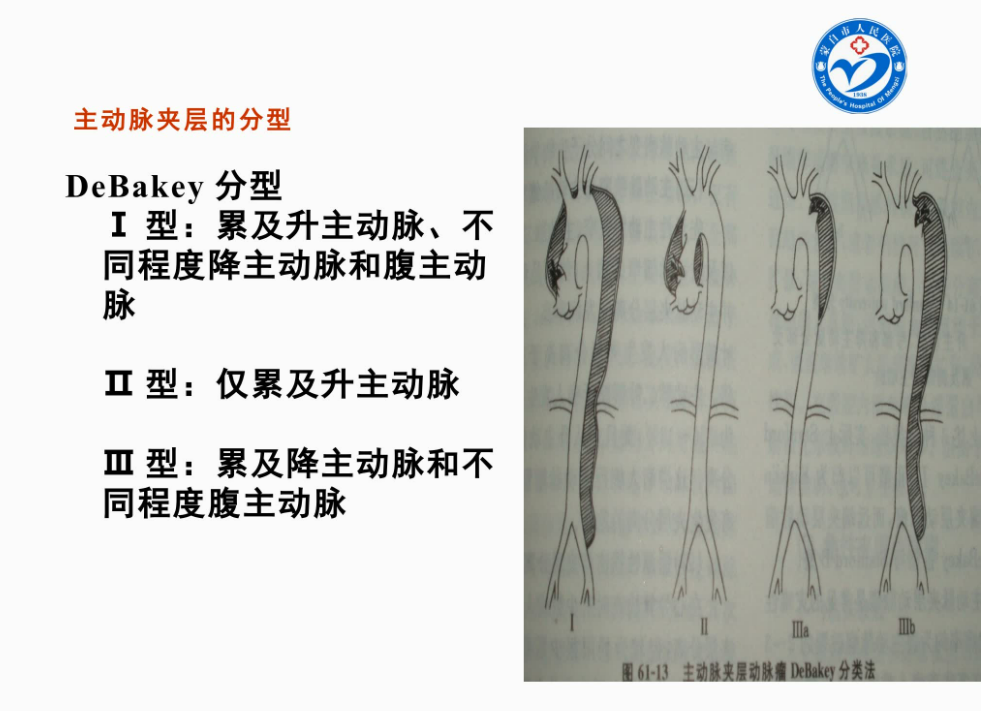
Clinical Applications and Case Analysis
By analyzing multiple cases, including the treatment of Stanford type B aortic dissection, Professor Wang demonstrated how endovascular exclusion effectively treats these complex lesions. In one specific case, the patient successfully underwent endovascular covered stent implantation to isolate multiple penetrating ulcers in the descending aorta, resulting in a good postoperative recovery.
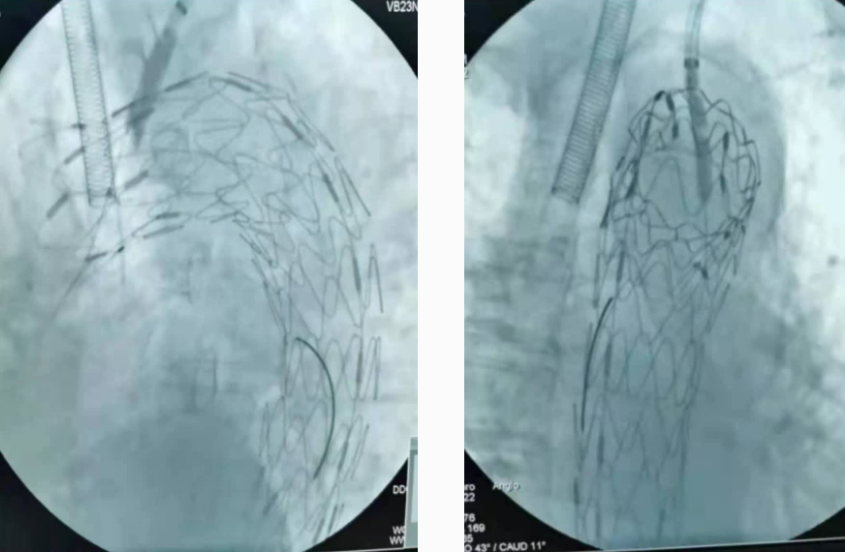
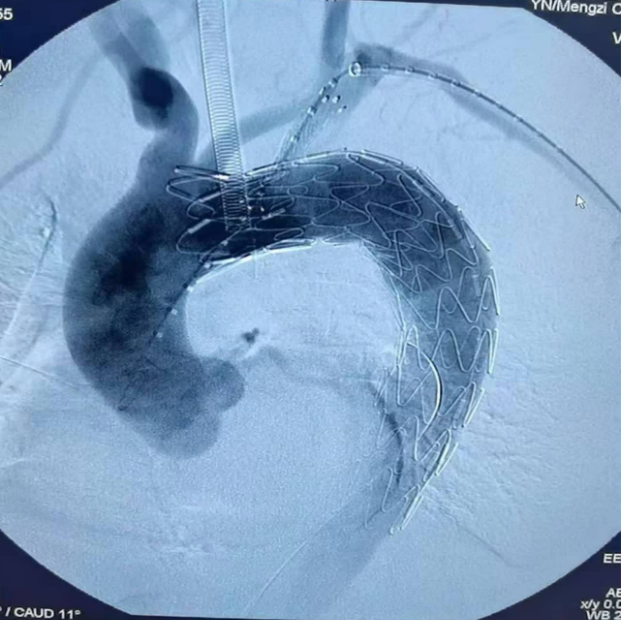
Introduction of New Techniques and Treatment Outcomes
Professor Wang’s team utilized new stent technologies, such as single-branch stent implantation, particularly involving fenestration techniques for the left subclavian artery. These precise interventional methods optimize blood flow reconstruction, significantly enhancing surgical safety and postoperative stability.
Conclusions and Future Directions
1. Severity and Risk: Aortic dissection involving the aortic arch is extremely serious and dangerous, posing a severe threat to patient life. Any delay in treatment can result in death.
2. Preoperative Assessment: Due to the complexity of aortic vascular diseases, numerous unpredictable situations can arise during surgery. Therefore, it is crucial to emphasize thorough preoperative assessment, considering all possible scenarios to ensure foolproof preparation.
3. Maturity of Endovascular Techniques: With the further development and maturation of endovascular stent implantation, it has become an effective method for treating aortic arch diseases.
4. Advances in Vascular Surgery: The continuous development in vascular surgery, coupled with improvements in interventional materials and diverse surgical methods, has fundamentally resolved the issue of access to medical care for patients with aortic vascular diseases. This progress ensures timely treatment and reduces patient mortality.
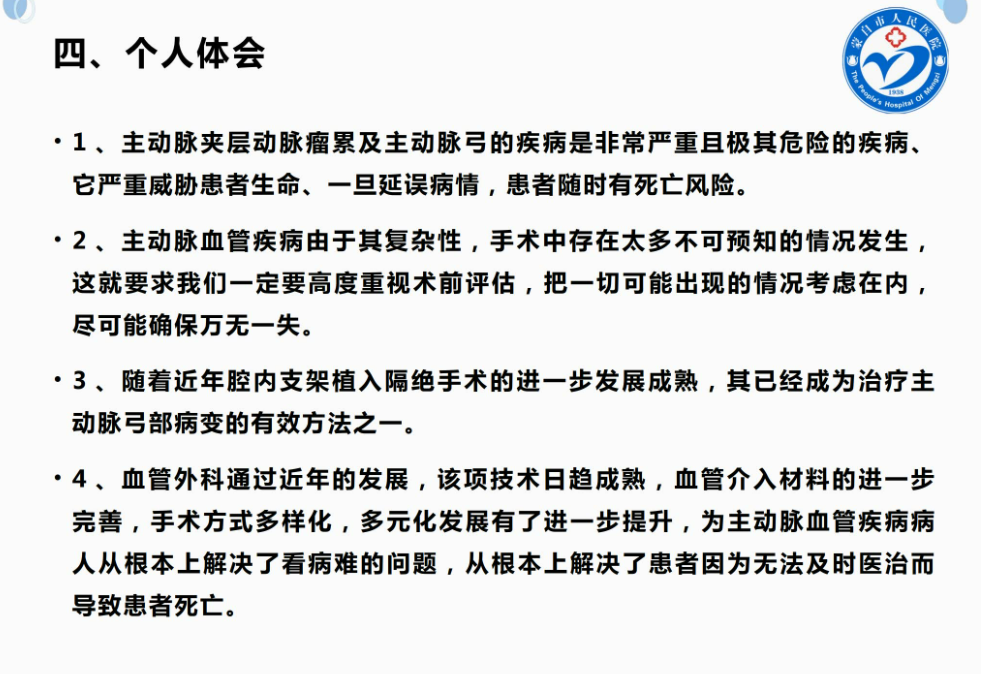
Contact Us
In upcoming articles, we will continue to provide more in-depth analysis of the clinical application of Low Profile thoracic aortic stents. Stay tuned! If you have any questions or interests regarding the techniques or the Tianfu Vascular Conference, please leave a comment or contact us via email at endovascluar@simtomax.cn. Thank you for your attention. Let’s work together for health!


